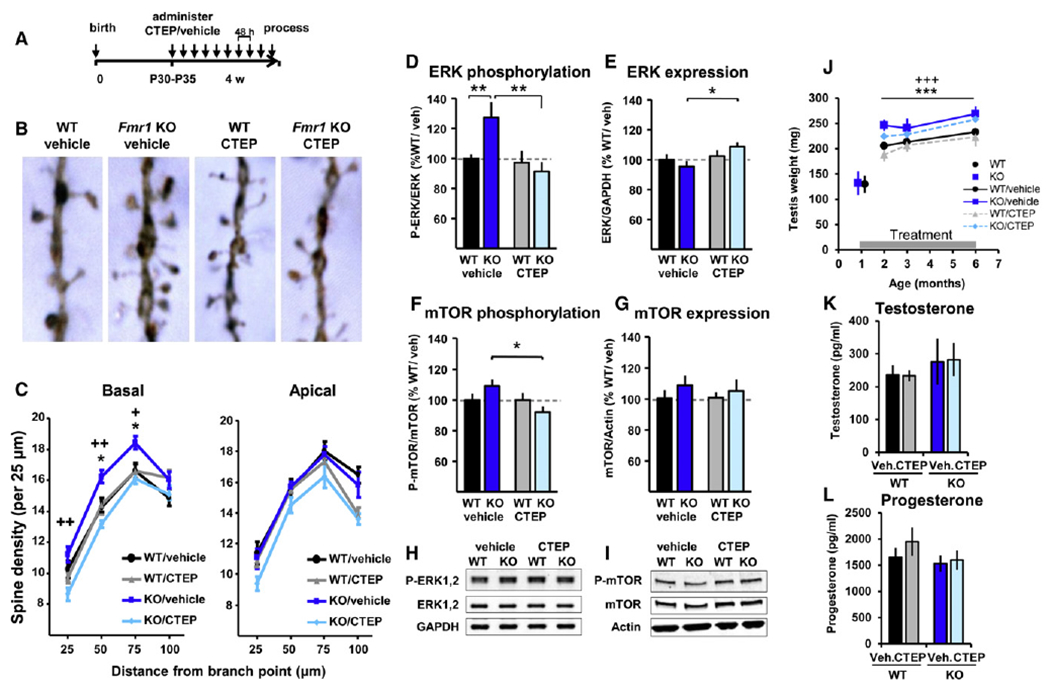Figure 3. Pharmacological Correction of Elevated Dendritic Spine Density and Altered Intracellular Signaling In Vivo and Partial Correction of Macroorchidism.

(A) Timeline of chronic dosing for morphological and biochemical analyses. (B) Representative images of Golgi-stained neurons in the primary visual cortex; each photograph represents a 10-μm-long spine segment. (C) Spine density was increased in basal, but not apical, dendrites of KO/vehicle compared to WT/vehicle littermates (*p < 0.05) and normalized in chronically treated KO animals (KO/CTEP versus KO/vehicle: +p < 0.05, ++p < 0.01). Mean ± SEM of ten mice per group, with three dendrites on three different neurons counted per animal. (D–I) Quantification of phosphorylation and expression levels of ERK and mTOR in cortical extracts collected from chronically treated animals. (D) Elevated ERK1,2 phosphorylation (Thr202/Tyr204) in KO/vehicle mice was corrected in chronically treated KO mice (**p < 0.01). (E) Treatment also increased ERK expression levels in KO animals (*p < 0.05). (F) Similarly, mTOR phosphorylation (Ser2481) levels were significantly decreased in chronically CTEP-treated mice compared to vehicle-treated Fmr1 KO mice (*p < 0.05). (G) mTOR expression levels were not altered in Fmr1 KO mice and were not altered upon chronic treatment. For (F) and (G), mean ± SEM of 11 mice per group and triplicate measurements. (H and I) Typical western blot results. (J) Testis weight (Table S2). Adult Fmr1 KO mice presented an increased testis weight compared to WT mice (genotype effect: ***p < 0.001), which was partially corrected (~40% correction) upon chronic treatment (treatment effect: +++p < 0.001). There was no significant genotype × treatment interaction. Mean ± SD of 9–12 mice per age and per group. (K and L) Testosterone and progesterone levels were determined in the plasma of animals subjected to 17 weeks of chronic treatment. For both hormones, the levels were similar in WT and Fmr1 KO animals and were not affected by treatment. Mean ± SEM of 7–10 mice per group and duplicate measurements.
